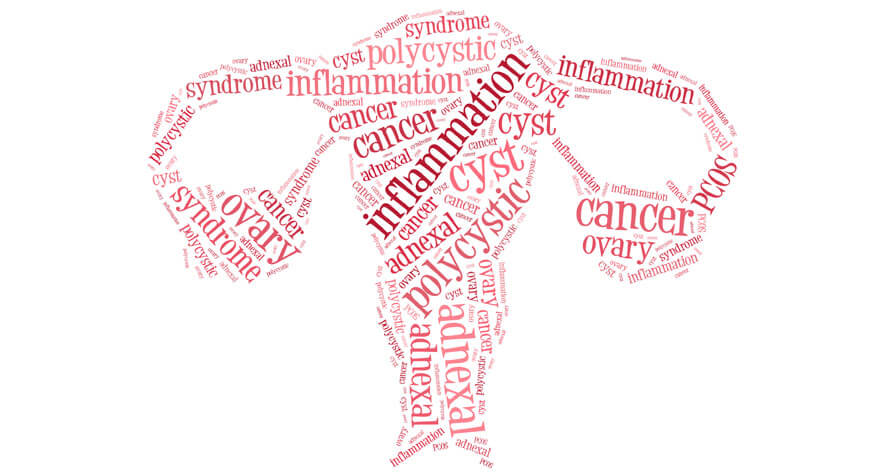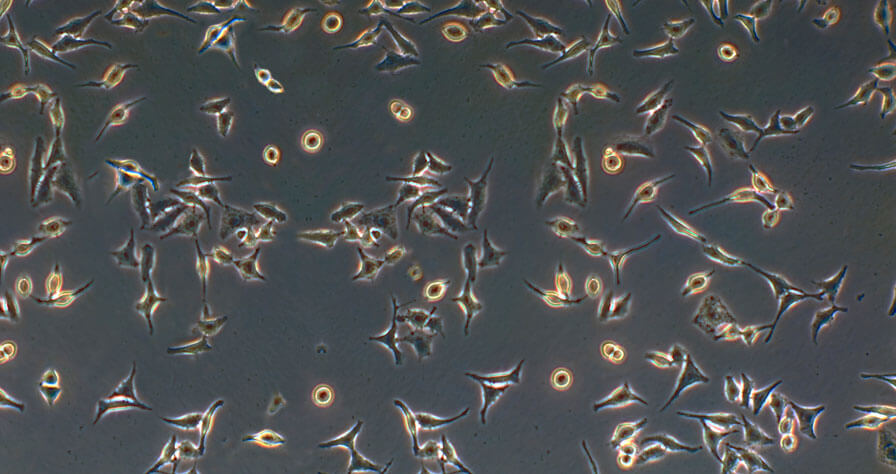Risk Factors for Cervical Cancer

Certain factors can make a woman more likely to get cervical cancer, a disease that is easy to prevent and treat when caught early. January is Cervical Health Awareness Month, the ideal time to learn about the cervical cancer risk factors and schedule a screening.
According to the National Cervical Cancer Coalition (NCCC), a program of the American Sexual Health Association (ASHA), the most common risk factor for cervical cancer is the human papillomavirus (HPV) infection. HPV is a common virus spread through sexual contact that usually goes away on its own. Some types of HPV can lead to cancer, but it can almost always be prevented through regular screening and prompt treatment.
Additional Cervical Cancer Risk Factors
According to the NCCC and the Foundation for Women’s Cancer, other risk factors for cervical cancer include:
- Smoking — women who smoke are about twice as likely to get cervical cancer.
- Multiple sexual partners.
- Having a weakened immune system — this includes those who have the HIV and those who take medications that suppress the immune system, such as transplant recipients or those who must take high-dose steroids.
- Family or personal history of cervical cancer.
- Chlamydia infection.
- Taking oral contraceptives (birth control pills) for a long time.
- Having three or more full-term pregnancies.
- The drug diethylstilbestrol (DES) — if your mother took it when she was pregnant, you have a greater chance of getting cervical cancer.
The NCCC advises all women to vaccinate early, get a Pap test regularly, and have an HPV test when recommended by your doctor. Most importantly, talk to your doctor during your annual gynecology visit to discuss your risk and the steps you should take for prevention.



